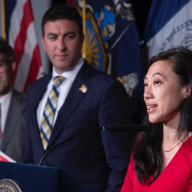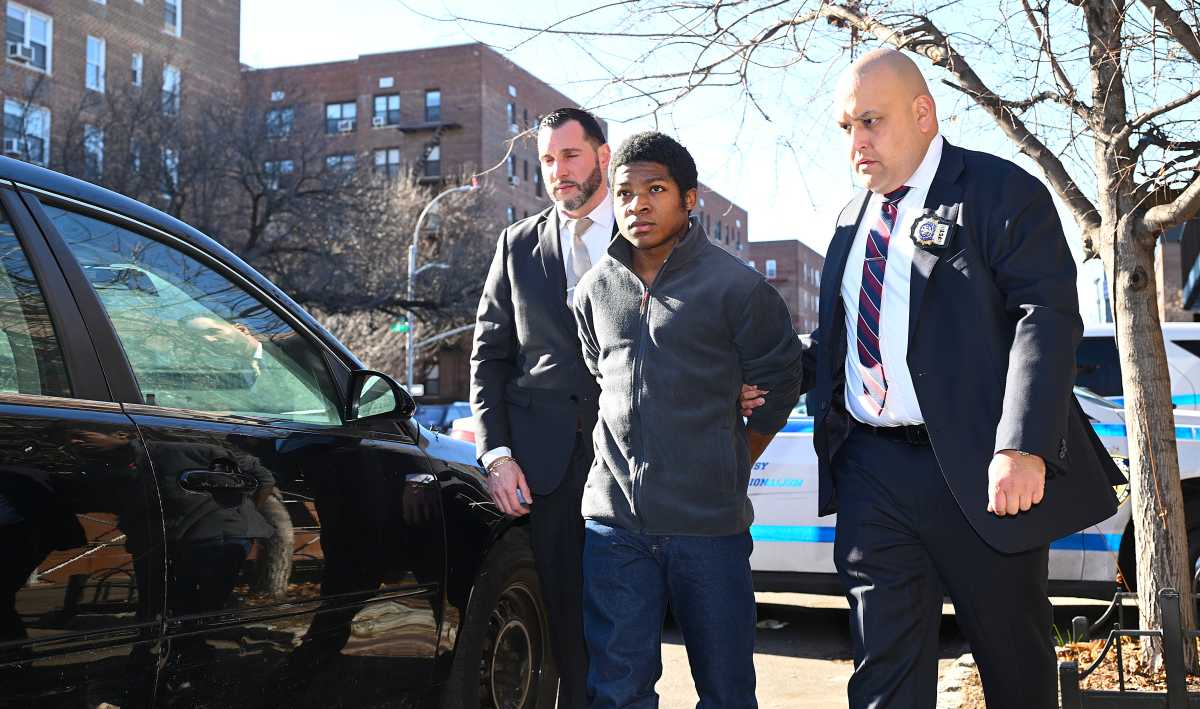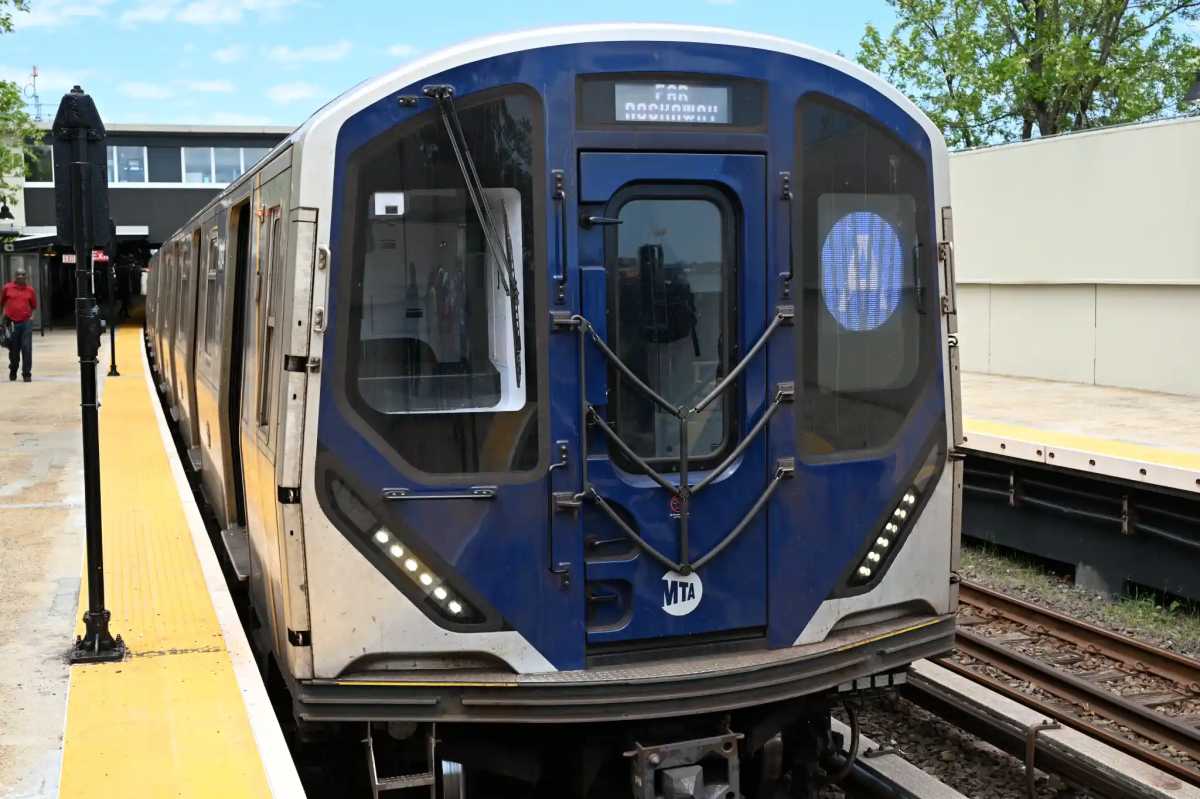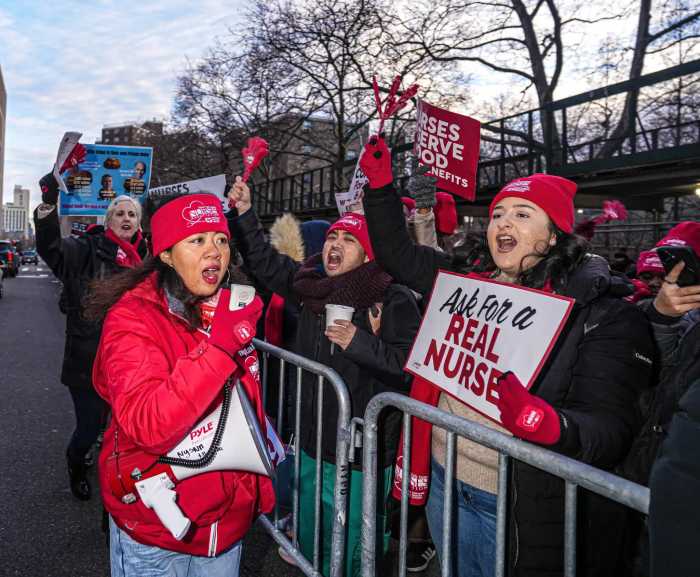The latest billion-dollar baseball/Olympic stadium project proposed by Mayor Michael Bloomberg conjures up more than half a century of proposals to upgrade the swamp-ridden northern end of Flushing Meadows-Corona Park.
Closely surrounded on three sides by high-volume commuter arteries (Grand Central Parkway, Van Wyck Expressway and a connective link to the Whitestone Expressway), it also adjoins Northern Boulevard, Roosevelt Avenue and the Cross Island Parkway.
Area residents know that these six-lane roadways unerringly act like sensitive radar screen reports: when the Mets play a high profile team or Pedro Martinez is pitching, cars back up on all of the thoroughfares around 7 p.m. and 10 p.m. When the U.S. Open Tennis Championships are played in August, these roadways are jammed between 9 a.m. and 9 p.m. The Mets rarely schedule games during the tennis matches, but when it is unavoidable, traffic borders on becoming unmanageable.
Without presenting details, the city and state officials are committed to spend $180 million for “infrastructure improvements” around the new stadium.
Members of local Community Boards 3,4 and 7, which are closely involved in this project are waiting to see where the proposed entrance and exit ramps to and from the busy highways, will be constructed.
The one hundred businesses and 2,000 workers of the nearby 13-block “Iron Triangle” are once again holding their collective breaths as to who may be displaced by a highway access ramp, a convention center or a hotel.
Adding to construction concerns is the area’s high water table (just three feet below the surface) that has limited installation of adequate sewer, water, electrical and septic systems in the adjacent Iron Triangle. It has also resulted in potholed, filthy streets and sidewalks during dry weather and flooded roadways during rainstorms or snow.
A decade ago, city highway and environmental officials estimated that at least $25 million was needed to correct this area’s road and sewer problems.
Neighborhood old timers say this is the fifth major governmental development proposal in the last 40 years.
The checklist of hits and misses does not include the proposed construction of a giant underground 40 million-gallon sewage retention tank in the park next to Shea Stadium (it is instead under contruction beneath the Kissena Corridor Park.
Victor Ross is a freelance writer.






























